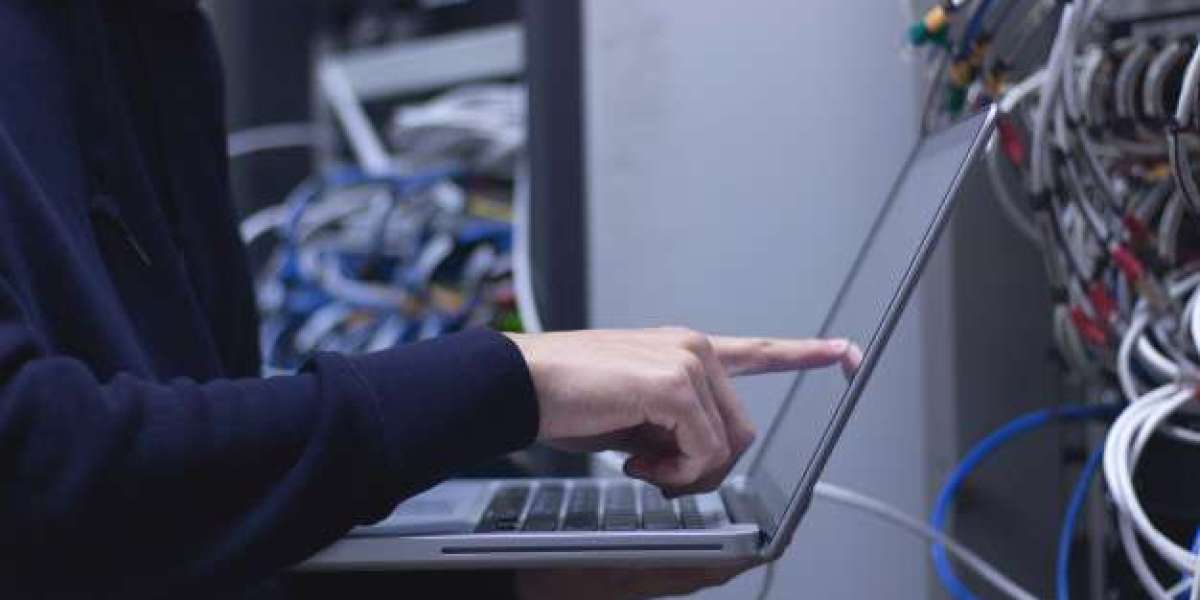The world is at a critical crossroads where the need for sustainable energy solutions has become more urgent than ever. As global economies race to decarbonize, reduce greenhouse gas emissions, and meet net-zero targets, the electrical trade has emerged as a linchpin in the green energy revolution. Once seen primarily as a service profession focused on wiring buildings and fixing power outages, electricians are now at the forefront of transforming how energy is produced, distributed, and consumed.
From the installation of solar panels and electric vehicle (EV) chargers to upgrading infrastructure for smart grids and energy-efficient systems, electricians are increasingly becoming the unsung heroes of the green energy transition. This shift is not only redefining the profession but also creating immense opportunities for growth, innovation, and sustainability.
The Green Energy Imperative
To understand the role electricians play in the green energy transition, it’s important to grasp the scale of the challenge and the global commitment to cleaner energy. According to the International Energy Agency (IEA), renewable energy sources will account for almost 95% of the increase in global power capacity through 2026, with solar PV alone providing more than half of that increase (IEA, 2021).
This massive shift toward renewables is fueled by global climate goals, rising consumer awareness, and significant advances in green technology. However, transitioning to a sustainable energy infrastructure requires more than just policy changes and technological innovation. It demands a skilled workforce to design, install, and maintain the systems that will power the future—and electricians are central to that workforce.
Evolution of the Electrical Trade
The role of electricians is undergoing a dramatic transformation. Traditionally focused on residential, commercial, and industrial wiring, today’s electricians are being called upon to install and service a variety of green technologies including:
- Solar photovoltaic (PV) systems
- Battery energy storage systems (BESS)
- Electric vehicle (EV) charging infrastructure
- Smart home and building automation systems
- High-efficiency HVAC and lighting systems
- Microgrids and distributed energy resources (DERs)
In many ways, electricians have become the integrators of the green energy ecosystem, connecting power generation technologies with end-use applications.
Solar Energy and Battery Storage
The solar industry is booming, and electricians are essential in making it work. Solar PV systems require precise electrical work to connect panels to inverters and integrate them with existing electrical systems. In addition, electricians are needed to install and maintain battery storage units that store excess solar energy for use during non-sunny periods or peak demand.
In the United States alone, the solar workforce has grown significantly, employing over 263,000 workers in 2022, with electricians playing a large part in these roles (SEIA, 2023).
Electric Vehicles and Charging Infrastructure
As EV adoption grows, so too does the need for charging infrastructure. Electricians are instrumental in the installation of home, commercial, and public EV chargers. These systems must meet stringent safety standards and often require upgrades to existing electrical panels or grid connections. Additionally, the integration of EV chargers into smart energy management systems presents new challenges—and opportunities—for electrical professionals to expand their expertise.
Smart Homes and Energy Efficiency
Smart home technology and energy efficiency upgrades are another area where electricians are making a significant impact. Installing smart thermostats, lighting systems, and energy monitoring devices requires technical skills and a deep understanding of both hardware and software interfaces. These innovations help consumers reduce their energy consumption, lower utility bills, and shrink their carbon footprint.
Grid Modernization
The electrical grid itself is undergoing a major transformation to accommodate decentralized energy sources and improve reliability. Electricians are on the front lines of this change, working on projects to modernize substations, install smart meters, and implement grid automation technologies. Their work ensures that power is not only greener but also more resilient and efficient.
Training and Certification: The New Skillset
With the shift toward green energy, electricians must acquire new skills and certifications. This has led to the rise of specialized training programs and credentials that focus on renewable energy, energy storage, and energy efficiency. For example, electricians may pursue certifications such as:
- NABCEP (North American Board of Certified Energy Practitioners) for solar installation
- EVITP (Electric Vehicle Infrastructure Training Program) for EV charger installation
- LEED (Leadership in Energy and Environmental Design) for green building knowledge
Apprenticeship programs and technical colleges are also updating their curricula to include coursework on sustainable energy systems, smart technologies, and environmental best practices. This ensures that the next generation of electricians is well-prepared for the green economy.
Economic and Job Growth Potential
The green energy sector is one of the fastest-growing segments of the global economy. As countries ramp up investments in clean energy, the demand for skilled electrical workers is expected to rise sharply. According to the U.S. Bureau of Labor Statistics, employment of electricians is projected to grow 6% from 2022 to 2032, faster than the average for all occupations, driven largely by the transition to alternative energy systems and building retrofits.
This demand creates a wealth of opportunities not only for electricians but also for entrepreneurs, contractors, and small businesses operating in the electrical trade. New business models are emerging, from solar energy consulting to EV charger installation services, allowing electricians to diversify their income streams and scale their operations.
Challenges Ahead
Despite the positive outlook, the electrical trade faces several challenges in adapting to the green energy transition.
Workforce Shortages
One of the most pressing issues is the shortage of qualified electricians. As experienced professionals retire and the demand for services increases, the industry struggles to attract enough new talent. Efforts to promote vocational education and apprenticeships are crucial in bridging this gap.
Regulatory Complexity
Electricians must navigate a complex web of local, state, and national regulations when installing green energy systems. Compliance with electrical codes, safety standards, and permitting processes can be time-consuming and vary widely across jurisdictions.
Keeping Up With Technology
The pace of technological change in the energy sector is rapid. Electricians must continually update their knowledge and tools to stay current with innovations in solar inverters, battery technologies, smart devices, and energy management software.
The Role of Policy and Incentives
Government policies and incentives play a pivotal role in shaping the future of the electrical trade. Programs such as tax credits for solar installations, rebates for energy-efficient upgrades, and grants for EV infrastructure projects can dramatically increase demand for electrical services.
In the U.S., the Inflation Reduction Act of 2022 allocated billions in funding for renewable energy and electrification projects, many of which directly involve electricians. Similar initiatives are taking place in Europe, Australia, and other regions, signaling a global commitment to sustainable development and job creation in the trades.
Toward a Sustainable Future
Electricians are not just passive participants in the green energy transition—they are active enablers of change. Their work powers homes with clean energy, makes transportation more sustainable, and builds the infrastructure for a low-carbon future. As public awareness and political momentum continue to grow, the role of electricians will only become more central and impactful.
Investing in the education, training, and empowerment of electricians is not just a matter of economic necessity—it is an environmental imperative. By equipping these professionals with the tools and knowledge they need, we can accelerate the shift to renewable energy and ensure a more resilient, equitable, and sustainable future.
Conclusion
The future of the electrical trade is undeniably green. From solar installations and EV infrastructure to smart grids and energy-efficient buildings, electricians are at the heart of one of the most transformative periods in modern history. They are no longer just technicians—they are climate warriors, innovators, and leaders of a global movement toward sustainability.
As the world grapples with the challenges of climate change and energy security, one thing is clear: the green energy transition cannot happen without electricians. Their hands-on expertise, problem-solving skills, and adaptability make them indispensable allies in building a cleaner, brighter future for all.








